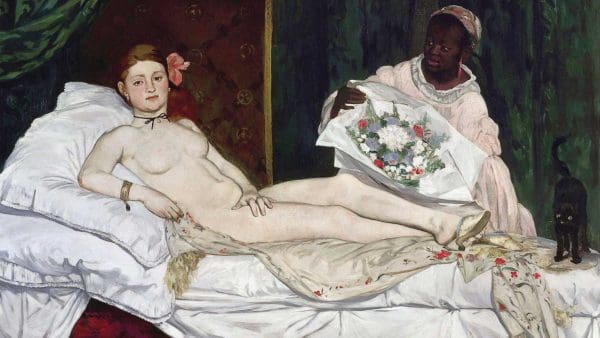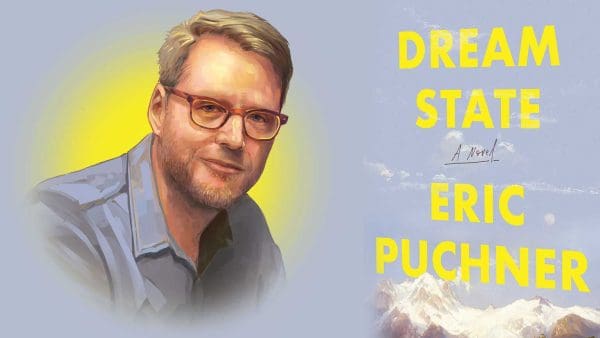Pilgrimages are one of the most interesting things about the Middle Ages. It was a political and economic movement, not just a spiritual movement. If you overlaid these three maps on top of each other, you would see that the major political sites were also major ecclesiastical sites.”
Christopher Lakey, Assistant Professor, Department of the History of Art
One of the three medieval map reproductions on Lakey’s office wall shows the Camino de Santiago (the Way of St. James), the network of pilgrim routes across Europe that lead to the saint’s tomb in Santiago de Compostela. Lakey, whose work includes the study of monumental sculpture, drove several of the medieval pilgrimage routes while completing his dissertation, and he refers to the maps frequently as a teaching tool and aide-mémoire.






